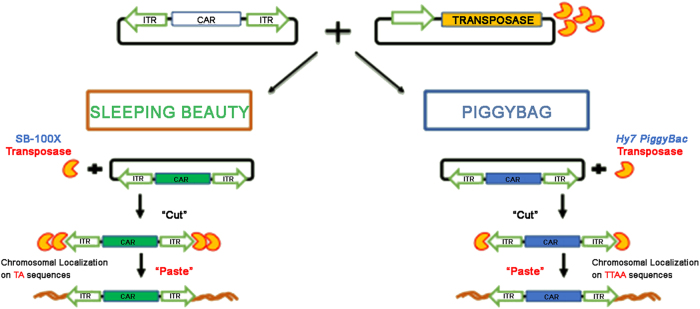Fig. 3. The Transposon systems of Sleeping Beauty (SB) and PiggyBac (PB) for gene delivery.
Transposition is possible through a dual vector system that comprises the transposon containing the transgene flanked by two inverted terminal repeats, and a transposase that mobilizes the transposon. The CAR is integrated into the genome through a cut-and-paste mechanism SB transposon vectors are characterized by the presence of specular IR/DR sequences, target for the transposase. The SB vector contains the gene of interest (CAR). The SB transposase (SB-100×) binds to the IR/DR sequences and cuts the vector to release the transposable portion of DNA. TA sequences in the host DNA act as acceptors of the transposed element. The PB transposon is a mobile genetic element that transposes the gene of interest (CAR) from the vector to the host DNA. The l’hyperactive PiggyBac (Hy7 PB) transposase recognizes the transposon-specific “inverted terminal repeats” sequences (ITRs) located at the ends of the gene of interest. Transposition occurs between two TTAA acceptor sites located in the host DNA

